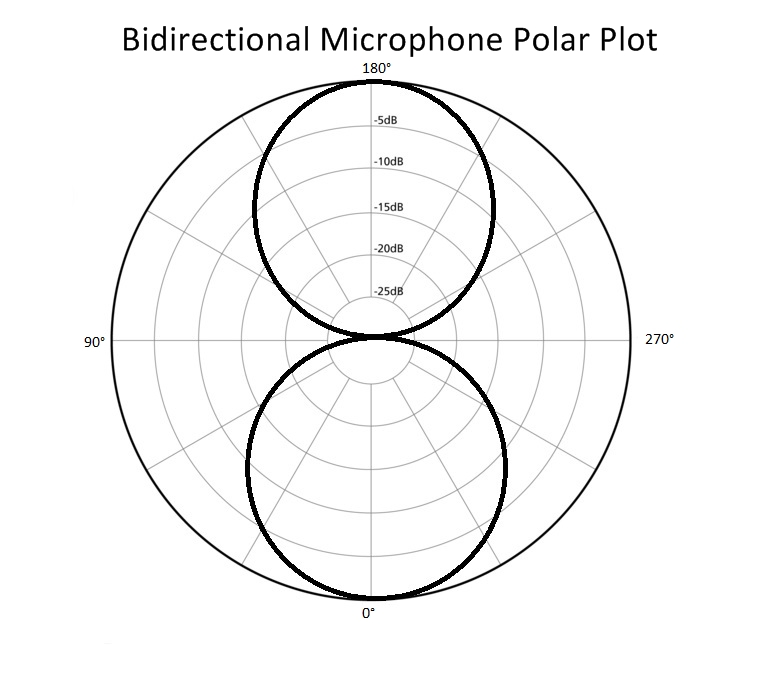What is a Directional Microphone?

Before we go over, what a directional microphone is, let us first go over what microphone directionality is.
What is Microphone Directionality?
The directionality of a microphone is the direction(s) from which a microphone can pick up incoming sound. Sounds can come to a microphone from all different directions, the front of the microphone, the back of the microphone, or the sides of the microphone, and a microphone will pick up these sounds based on its directional characteristics, or directionality.
A microphone may be able to pick up sounds with high sensitivity coming in to the front of it, but not sounds to the sides and rear. Another microphone may pick up sounds well from the front and rear but not the sides. Another may pick up sounds well from all sides. There are many different combinations.
What is a Directional Microphone?
Thus, a directional microphone is a microphone which either picks up sounds only from a specific direction, or well from all angles; it depends on the directional
characteristics of that microphone.
Below is a list of the most common types of directional microphones.
Omnidirectional Microphones
Some microphones pick up sound from all directions. These are called
omnidirectional microphones.
No matter which side a
user speaks into the microphone, front, back, left, or right, rotated from 0° to 360° all around it-it will pick up sound
equally well with
good sensitivity.

 Unidirectional Microphones
Unidirectional Microphones
Other microphones are
unidirectional. They only pick up sound from one specific direction. When speaking
into a
unidirectional microphone, it is important to take careful note which direction you speak into it. When dealing with a headset,
one must speak into the
"voice side" of the microphone in order for it to pick up the sound with good gain. Any side other than this and the
microphone will pick up the sound poorly, meaning with very little gain.
Bidirectional Microphones
Another type of microphone is the
bidirectional microphone. This is a microphone that picks up sound well from the front and back
but poorly from the sides. It picks up lobes of sound of equal sensitivity on opposite sides of the
diaphragm (front and back) and steep nulls at right-angles to the diaphragm (the sides).

 Cardioid Microphones
Cardioid Microphones
Another type is the
cardioid microphone, which picks up sound well from the front and sides but poorly
from the rear. They're named for the fact that their directional sound pick-up is roughly heart-shaped in nature.
Note: No one type of microphone can be seen as being better than the other. All of the microphones have their advantages and disadvantages depending on the given situation. It may seem like omnidirectional microphones may be better than all the rest, since they pick up sound from all directions instead of just one. But in a case where an environment may be very noisy, omnidirectional microphones may prove to be a poor choice, because in addition to recording the desired sound it would also record all the noise in the room. In this situation, a directional microphone may be best, since it can be pointed directly at the desired sound to be recorded with a high beam of concentration while recording the other sounds, the noises in the room, with very low gain. Thus, again, it depends entirely on the situation at hand. Depending on whether a user wants front, rear, and/or side sounds picked up or cancelled out determines the directional microphone to be chosen.